8+ SAMPLE Restaurant Income Statement
-
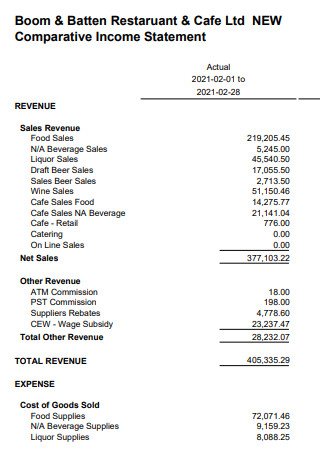
Restaurant Cafe Comparative Income Statement
download now -
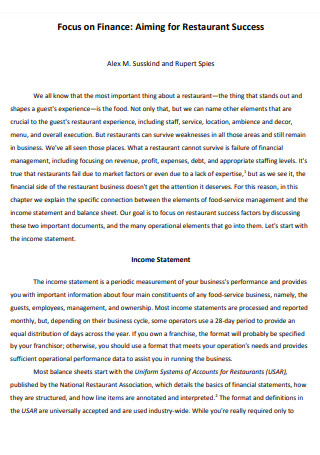
Restaurant Finance Income Statement
download now -
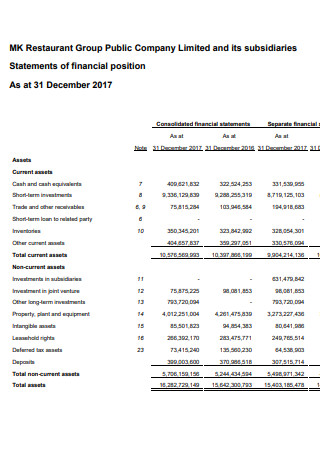
Restaurant Group Subsidiaries Income Statement
download now -
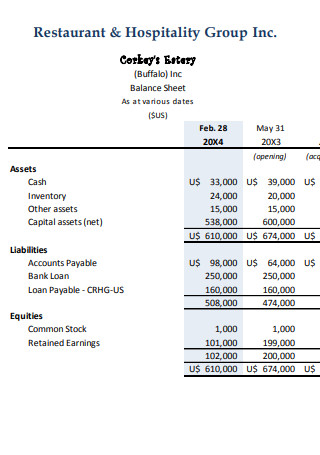
Restaurant Hospitality Income Statement
download now -
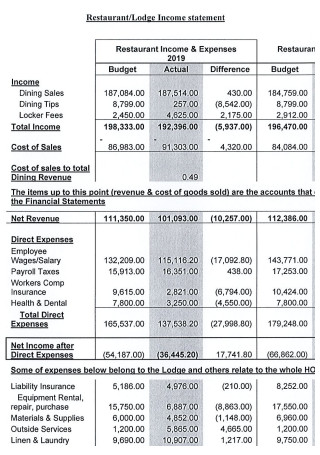
Restaurant Lodge Income Statement
download now -
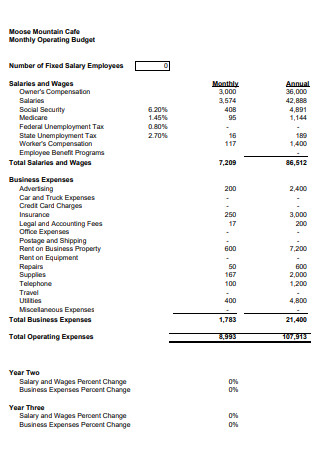
Restaurant Cafe Summary Income Statement
download now -
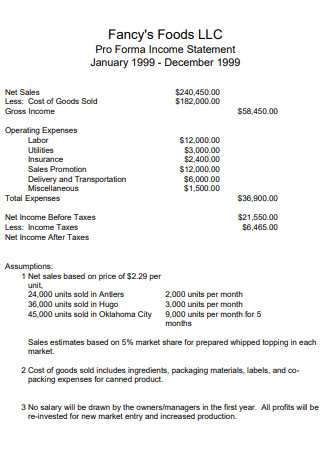
Restaurant Food Proforma Income Statement
download now -
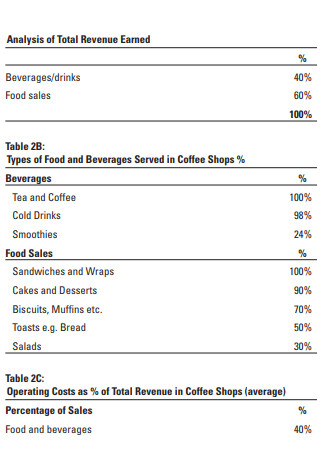
Restaurant Coffee Shop Income Statement
download now -
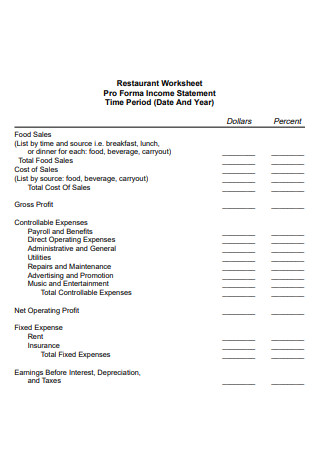
Restaurant Worksheet Income Statement
download now
FREE Restaurant Income Statement s to Download
8+ SAMPLE Restaurant Income Statement
What Is a Restaurant Income Statement?
Sources of Restaurant Income
Cost-effective Tips for Restaurants
How to Create a Restaurant Income Statement
FAQs
What is a restaurant income statement?
What is a restaurant P&L statement?
What are restaurant operating expenses?
What Is a Restaurant Income Statement?
A restaurant income statement is a financial document that details the income or revenue streams of a restaurant establishment or food business. In addition to revenue, most restaurant income statements also include the restaurant’s expenditures, sales, etc.
According to an article by The Balance Small Business, food and labor are two of the biggest expenses for a restaurant. Further, restaurant expenses can also be classified into two. There are fixed expenses such as salaries, rent or mortgage. Then there are also fluctuating costs that include food prices and monthly utilities.
Sources of Restaurant Income
A restaurant business can be both a fulfilling and challenging venture to get into. You do not even necessarily have to be a chef or be considered a ‘foodie’ to thrive in this business. The food industry is still a business, and those blessed with a keen business acumen and talent can absolutely succeed in the restaurant business. The following examples describe some major sources of a restaurant’s income.
Cost-effective Tips for Restaurants
Running a food business or restaurant is not a walk in the park. There are many variables and factors that can contribute to a restaurant’s sales or performance. For many restaurateurs, swelling costs may mean a matter of survival for their business. The following are some cost-effective tips that can help ease restaurant expenses in the long run.
How to Create a Restaurant Income Statement
To create a restaurant income statement, you have to prepare all the relevant data. You can browse the selection of sample income statements above if you need help. Simply choose one that best suits your needs then follow the basic steps below.
Step 1: Basic Restaurant Information
The first step is providing the basic details. Before you start inputting the values or numbers, you must first cover some basic restaurant information. Make sure to state the name, address, key person or persons, and contact information of the business. Since it is a formal financial document, you can also include your company logo. Refer to the sample templates above for more ideas. This section should be plain and straightforward. Avoid including unnecessary or irrelevant information.
Step 2: Statement of Income
Once you have covered the basics, the next step is enumerating the restaurant business’ sources of income. As discussed earlier, a restaurant can have multiple streams of revenue. It can come in various forms too. Be sure to list all that apply under your income statement. It is best to always be transparent. You want to present accurate and precise financial data that is truly reflective of your company’s performance. Your income or revenue can give you a clearer picture of how well your restaurant is doing or if it’s not doing well at all. Knowing and monitoring your income statement can also shape your financial decisions and next steps.
Step 3: Breakdown of Expenses
With income always comes expenses as well. After listing all your income sources, you can then proceed to the breakdown of restaurant expenses. The content of this section will depend, of course, on each restaurant. But there are several common and universal expenditures that many restaurants must deal with. There are operating and overhead costs that are needed to keep the restaurant running. These operating expenses include rent, utilities, and employee salaries and benefits. These are usually fixed and essential. In addition to overhead costs, restaurants and establishments also need to invest in marketing and pay their suppliers on a regular basis. All these types of expenditures must be enumerated and identified one by one.
Step 4: Next Steps
Lastly, it is not enough to merely identify your restaurant’s income and expenses. The work should not just end there. You need to be able to make sense of the amounts or values that were inputted. This section is dedicated to evaluating your statement and planning your next steps. What can be deduced from the numbers or figures in your spreadsheet? What is the bigger picture based on your overall assessment? And lastly, what should be done in order to address losses and other areas of improvement? These are the types of questions that you should ask in order for your income statement to mean something.
FAQs
What is a restaurant income statement?
A restaurant income statement is a financial document or spreadsheet that details a restaurant establishment’s earnings and expenditures.
What is a restaurant P&L statement?
A restaurant P&L or Profit and Loss statement is a financial document that presents the restaurant business’ revenue and expenses within a fiscal year or any given time period.
What are restaurant operating expenses?
Some common restaurant operating expenses include labor costs, utility bills, occupancy or rent expenses, kitchen equipment, and advertising costs.
An income statement is a fundamental financial document that’s needed for anyone involved in the food and restaurant business. It is a tool that’s supposed to help the restaurant understand its performance and enable management to make sound financial decisions. Browse the sample templates available above to start customizing your own income statement now!
